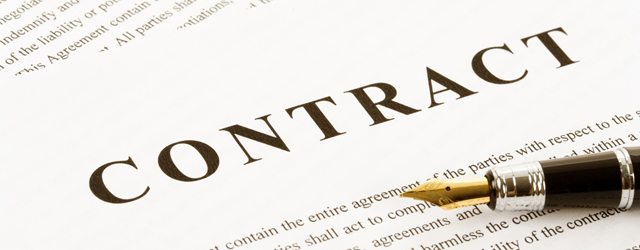This article is focused on New Zealand law and explains issues from a Common law perspective.
How to structure the ownership of your NZ family assets
Introduction
There are a number of ways that families can structure their assets. The most effective structure will vary according to your particular circumstances.
Creating a family trust
One way of structuring assets is by using a family trust. A trust is the legal relationship created when a person (the "settlor") places assets under the control of a person (the "trustee") for the benefit of some other person or people (the "beneficiaries") or for a specified purpose.
With a family trust, assets such as the family home can be placed in trust, with the beneficiaries usually being spouses, children or grandchildren. With the transfer of the assets to the trust, the trust incurs a debt to you, the settlor, which can then later be "forgiven". For more information, see How to form a trust.
Joint ownership versus ownership in common
It is also important to decide who should hold family assets. For example, the family home could be owned by a husband and wife as joint owners. With joint ownership, if one party dies the home passes to the other party.
An alternative is "ownership in common" (or "tenancy in common"). If the parties own the property as owners "in common" and one of them dies, the share of the house owned by the deceased party will be dealt with according to his or her will (or, if there is no will, according to the rules of "intestacy", for which see How to deal with a relative dying without a will). Therefore with ownership in common the deceased party's share does not automatically pass to the survivor.
Forming a company
Another way of structuring assets is by using a company. When a company is incorporated and registered, it becomes a separate legal entity. The shareholders are effectively the owners of the company.
To be registered as a company, a company must have at least one share, one shareholder and one director. You must first reserve a name for the company with the Companies Office, and then apply for the company to be registered and incorporated under the COMPANIES ACT 1993 (see How to form a company).
Cautionary notes
- The type of structure that is most effective and appropriate will vary according to individual circumstances. It is essential to obtain legal advice before and during the process of structuring family assets.
HowToLaw has partnered with JustAnswer.com
Here you may discuss your legal issue with Lawyer specialising in Family, Employment, Immigration, Property, Business, Consumer Protection, Estate Law and more.














